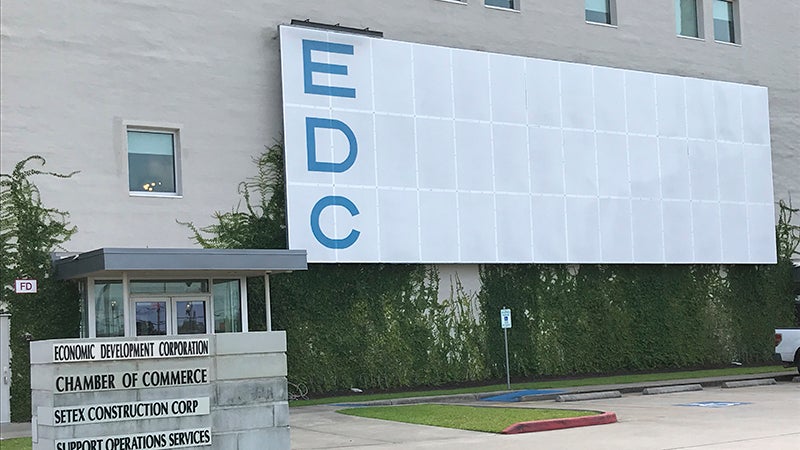FLOYD BATISTE — There are strengths in Port Arthur community capacity building
Published 12:02 am Friday, July 10, 2020
|
Getting your Trinity Audio player ready...
|
Every community, group and person has skills, strengths and the capacity to problem-solve. Acting creatively and working together, we benefit of our community.
I define community capacity as the interaction of human capital and social capital existing within us that can be leveraged to solving collective problems to improve or maintain the well being of our community. Our community has existing strengths that enable us to function. As in all living organisms, some fundamental characteristics are stronger and better defined more than others.
Within our community there are different levels of people that work together to help meet both the individual and the collective needs of our community. The individual level operates through human capital and leadership. Within our community there are individuals with certain skills, knowledge and resources that can be utilized in certain tasks.
Professionals within our community provide a wide variety of services to meet the diverse needs of the community. Through their participation they can help support the community improving activities.
On the organizational level, businesses, services and groups within the market, government or civil society all work to meet the needs of our community and individuals within our community.
This includes community-based organizations, service providers, local businesses, development organizations and local branches of institutions, including banks, schools and retail establishments.
Finally, the network level focuses on how all of these social structures work together. On this level people gather and link together to form relationships that help increase the capacity of our community.
Community capacity building is when an individual or group begin to engage particular fundamental characteristics of community capacity by interacting with the social agencies to create an outcome.
This is done to help enhance our community’s ability to build resilience, self-reliance and enhance development initiatives. Community capacity building will function around four development initiatives:
- Leadership development,
- Organizational development,
- Community organizing, and
- Fostering collaborative relationships among organizations.
The conditioning influences are concerned with the mediating circumstances that could facilitate or inhibit our community capacity and efforts to build it.
A sense of our community could be fostered by a local action such as encouraging residents to participate in problem-solving activities, preventing a development deal in our city or trying to get a local recreation facility.
Other factors can either support or inhibit the possibility of creating that sense of our community. For example, residential stability and greater social capital can increase a sense of social cohesion and the likelihood of participation in local activities.
The existence of informal mechanisms of social control, institutional trust and a level of a sense of safety, connected to stability and existence of viable social networks, can provide a framework where a sense of community can more easily be cultivated.
There can also be negative conditioning influences. For example, there can be macro level influences, such as the structure of our city economy, the influences of migration, racial and economic segregations, and the unequal distribution of resources among the community that may restrict a particular community’s ability to use or build its capacity.
These conditions are generally not susceptible to neighborhood actions and require intervention strategies and policy action at the municipal level to effect change.
On the other hand, positive changes in these factors at certain times may provide our community with opportunities to take advantage of resources that were not previously available to help build capacities.
Often there are enhancements to communities beyond the designated outcome of the capacity building initiative. It can include higher social capital, more social cohesion, more trust in institutions, or a better problem-solving ability. Community capacity building is designed as short-term interventions that have long-term effects.
People and workers who are engaging in community capacity building initiatives need to focus on initiatives that create short-term outcomes but enable and grow the long-term capacities of our community.
The term community development in the concept of community capacity building is applied uncritically to a very wide range of activities, many of which have little to do with the development — such as, the rebuilding of a neighborhood after a Hurricane in a blighted area of our community, and passing it as capacity building for the local community.
The motives of our community promoting community capacity building “from the top” should be pursued by powerful partnership to incorporate our community into established structures and mechanisms, rather than having to face the challenges to those existing structures that working with a deprived community presents.
The most fundamental critique of community capacity building is that it is based on the notion of community being “deficient” in skills, knowledge and experience instead of focusing on the capacities that they do have.
Floyd Batiste is CEO of the Port Arthur Economic Development Corporation. He can be reached at fbatiste@paedc.org.






